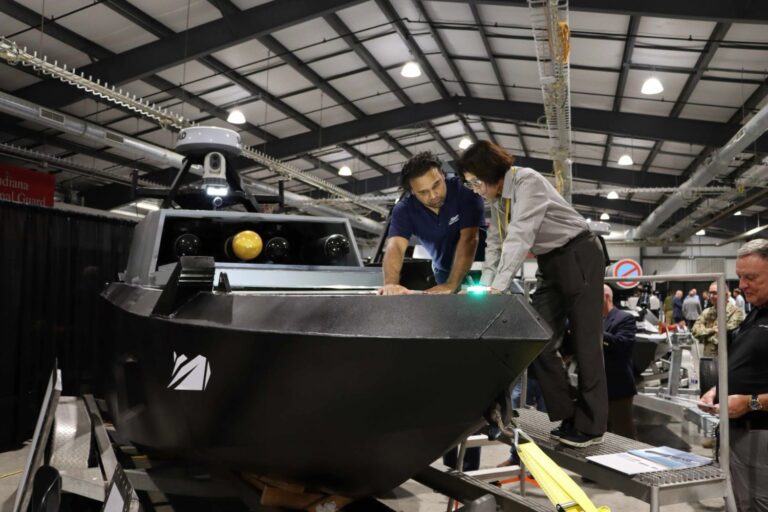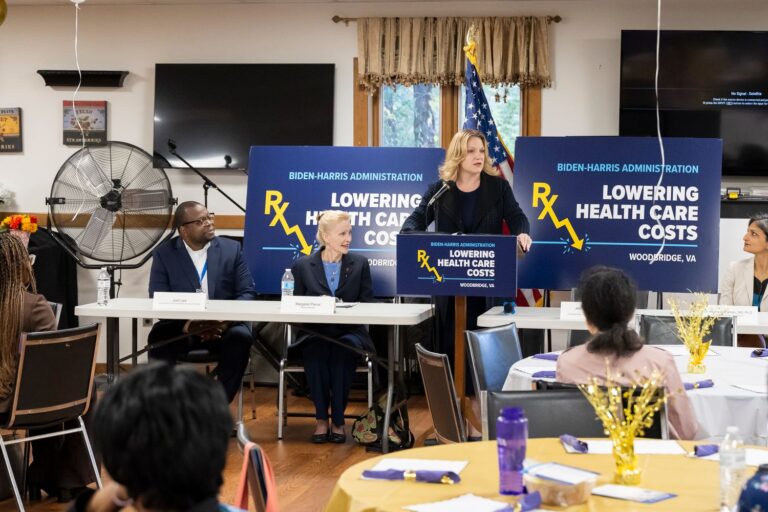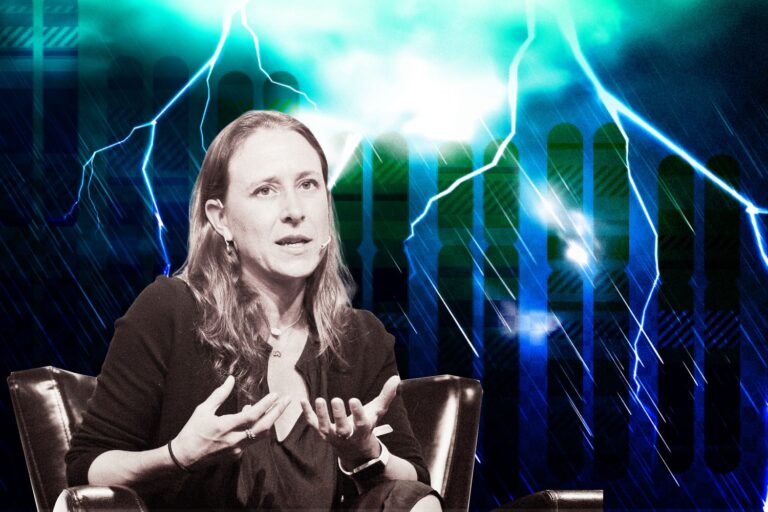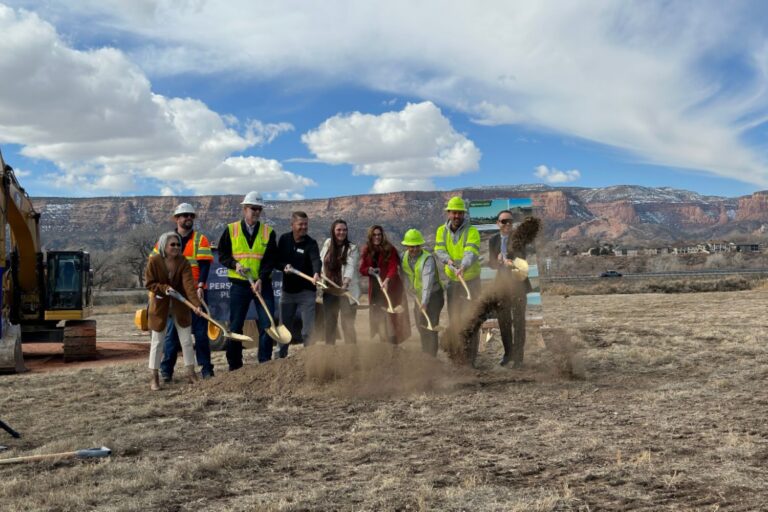Sierra Space Heralds Giant Leap in Microgravity Research and Manufacturing with Historic Test of Expandable Space Station Technology
LOUISVILLE, Colo. – Sierra Space, a leading commercial space-tech company that is Building a Platform in Space to Benefit Life on Earth®, announced today that its expandable space station technology successfully passed a seventh key validation test, and second full-scale structural test, at NASA’s Marshall Space Flight Center in Huntsville, Alabama. The results herald a giant leap towards building the world’s first end-to-end business and technology platform in Low Earth Orbit, enabling humanity to find the answers to some of the toughest problems faced on Earth.
“No other company is moving at the speed of Sierra Space to develop actual hardware, stress-tested at full scale, and demonstrate repeatability. We’ve taken a softgoods system that very few companies around the world have been able to design, and now we have consistent, back-to-back results”
Completion of the successful Ultimate Burst Pressure test, which occurred on June 18 in collaboration with ILC Dover (an Ingersoll Rand Business) and NASA, accelerates Sierra Space’s revolutionary softgoods technology towards on-orbit operations. Planned for an initial stand-alone pathfinder mission before the end of the decade, the technology will also feature as a key element of the Orbital Reef commercial space station. The test will close out Milestone #8 for Orbital Reef with Blue Origin under NASA’s Commercial Low Earth Orbit Development Program.
“We are 100 percent committed to maintaining U.S. leadership in Low Earth Orbit. Sierra Space is leading the way with the first commercial space station to replace the International Space Station when it is decommissioned and ensure there is no gap in LEO,” said Sierra Space CEO Tom Vice. “Our revolutionary, expandable space station technology reinvents the space station. Our technology, for the first time, will enable the right unit economics that will usher in the full commercialization of space. Our biotech and industrial partners will utilize our factories of the future to innovate new products that will massively disrupt terrestrial markets and benefit life on Earth.”
The latest test by the numbers:
- Company’s second Ultimate Burst Pressure test of a full-size, inflatable space station structure occurred on June 18
- Test unit stood over 20’ tall and was comparable in size to an average family home
- The article was 300 m³ in volume, or 1/3rd the volume of the International Space Station
- Test results exceeded NASA’s recommended x4 safety levels by 22%
- Two 4-ft x 4-ft steel blanking plates were integrated into the highest loaded cylinder section of the article; both were 50 lbs. lighter than the ones used in the first full-scale test and accommodate larger windows
The test article in the company’s historic first full-scale burst test last December peaked at 77 psi, which well exceeded (+27%) NASA’s recommended level of 60.8 psi (maximum operating pressure of 15.2 psi multiplied by a safety factor of four). This most recent test in June showed similar results – within five percent of the pressure loading of December’s test article – with this one reaching 74 psi, exceeding NASA’s 4x safety factor by 22 percent. These back-to-back test results accelerate Sierra Space’s path to flight certification, verifying scalability for 10 cubic-meter and up to 1,400 cubic-meter structures based on the company’s current softgoods inflatable architecture. Sierra Space is currently gearing up for a first test of its 500 cubic-meter space station technology next year.
“No other company is moving at the speed of Sierra Space to develop actual hardware, stress-tested at full scale, and demonstrate repeatability. We’ve taken a softgoods system that very few companies around the world have been able to design, and now we have consistent, back-to-back results,” said Shawn Buckley, VP of Earthspace™ Systems, Space Stations, at Sierra Space. “A second successful full-scale test is an absolute game changer. We now know it’s possible to equal or surpass the total habitable volume of the entire International Space Station, in a single launch.”
The test article once again included two four-foot by four-foot blanking plates – metallic structures inserted into the softgoods shell to emulate a future design component, such as a window, robotic arm or antenna attachment point. They were 50 pounds lighter than the ones used in the first full-scale test and designed to accommodate larger windows.
In the ever-evolving landscape of space exploration and commercialization, Sierra Space’s Large Integrated Flexible Environment (LIFE®) technology stands as a pioneering concept that will reshape how humans live and work in space. LIFE launches on a conventional rocket and inflates on orbit. The first LIFE product in the roadmap is a large, three-story structure that is 27 feet in diameter. It can comfortably sleep four astronauts, with additional room for science experiments, exercise equipment, a medical center and Astro Garden® system, which can grow fresh produce for astronauts on long-duration space missions.
About Sierra Space
Sierra Space is a leading commercial space company at the forefront of innovation and the commercialization of space in the Orbital Age®, building an end-to-end business and technology platform in space to benefit life on Earth. With more than 30 years and 500 missions of space flight heritage, the company is reinventing both space transportation with Dream Chaser®, the world’s only commercial spaceplane, and the future of space destinations with the company’s inflatable and expandable space station technology. Using commercial business models, the company is also delivering orbital services to commercial, DoD and national security organizations, expanding production capacity to meet the needs of constellation programs. In addition, Sierra Space builds a host of systems and subsystems across solar power, mechanics and motion control, environmental control, life support, propulsion and thermal control, offering myriad space-as-a-service solutions for the new space economy.








